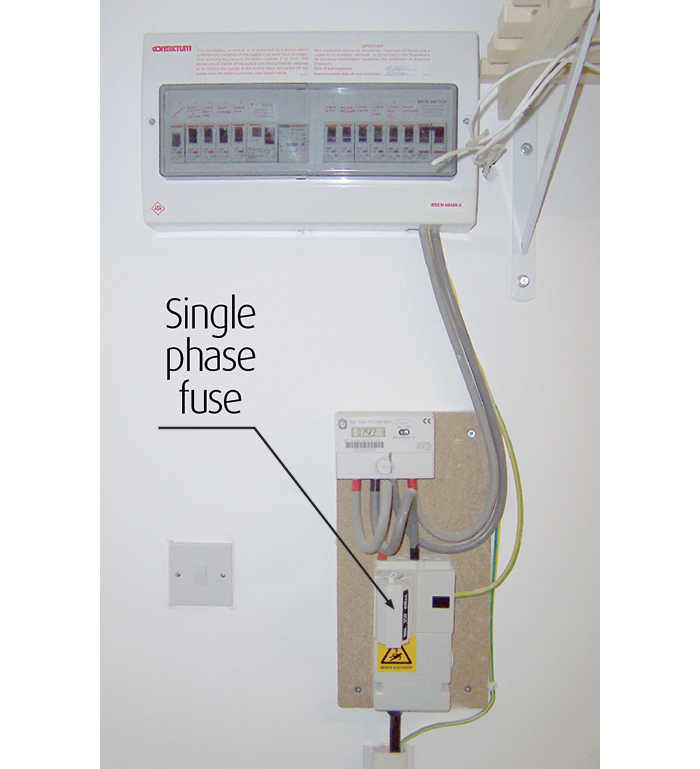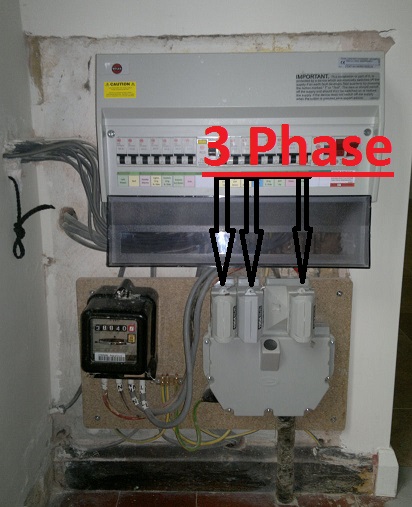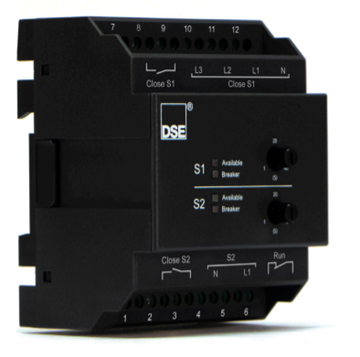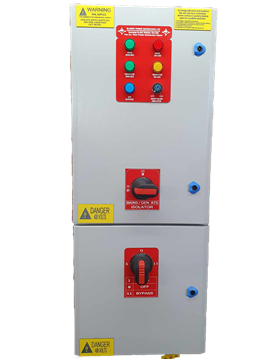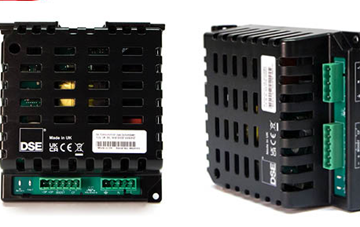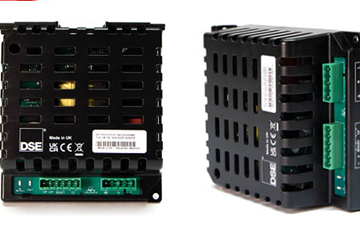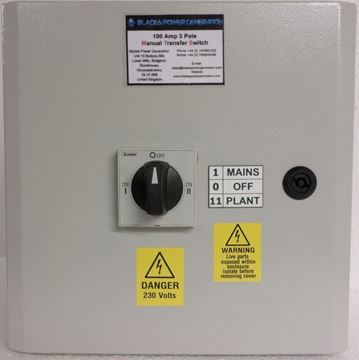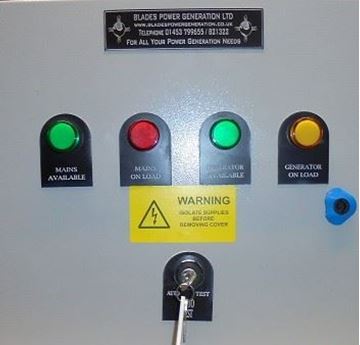Most of us don’t think about our electricity supply at all. For most people it is just “there” and when we want to have light, we just press a switch and that is as far as it goes. However, the fact is that power outages can and do occur. Again, in many situations that are just a nuisance, but hardly life-threatening.
However, for other people in different situations, a continuous supply of electricity is essential, and so they will invest in a standby generator running on diesel in order to provide an alternative source of power if or when there is an outage.
Now, what is known as the load – the building where the power goes to – cannot be connected to both the mains supply and the generator at the same time. If the mains supply came into contact with the generator, the generator would almost certainly burn out, and the other way around - if the generator back-fed into the mains – it would endanger the lives of electricity supply workers.
So, in order to prevent this from happening, when installing a generator at premises with mains supply, it is a legal requirement to install a transfer switch. This can either be an automatic changeover switch or a manual changeover switch. Both do exactly the same job, but an automatic switch does it faster and reduces the power outage length.
An automatic changeover switch can come in one of two types, either with built-in mains power detection or without. One with built-in mains detection monitors the mains supply and when it detects a mains power failure it will disconnect from the mains and send a signal to the generator to start up. When the generator has fired up it sends an “available” signal to the automatic transfer switch which will then switch to the generator supply.
If the automatic transfer switch does not have mains detection built-in, this must be built in elsewhere, usually in the generator. In this case, the generator will detect the mains failure and start-up, at the same time sending a signal to the automatic changeover switch to disconnect from the mains supply and transfer to the generator.
Of course, if you have a manual changeover switch this means that someone has to physically go to it and switch it over to the generator. Obviously, that means that it will take longer for power to be restored. Indeed, if nobody is on the premises the power outage will continue until someone returns and switches to the generator, or the mains supply is restored, whichever is soonest.













